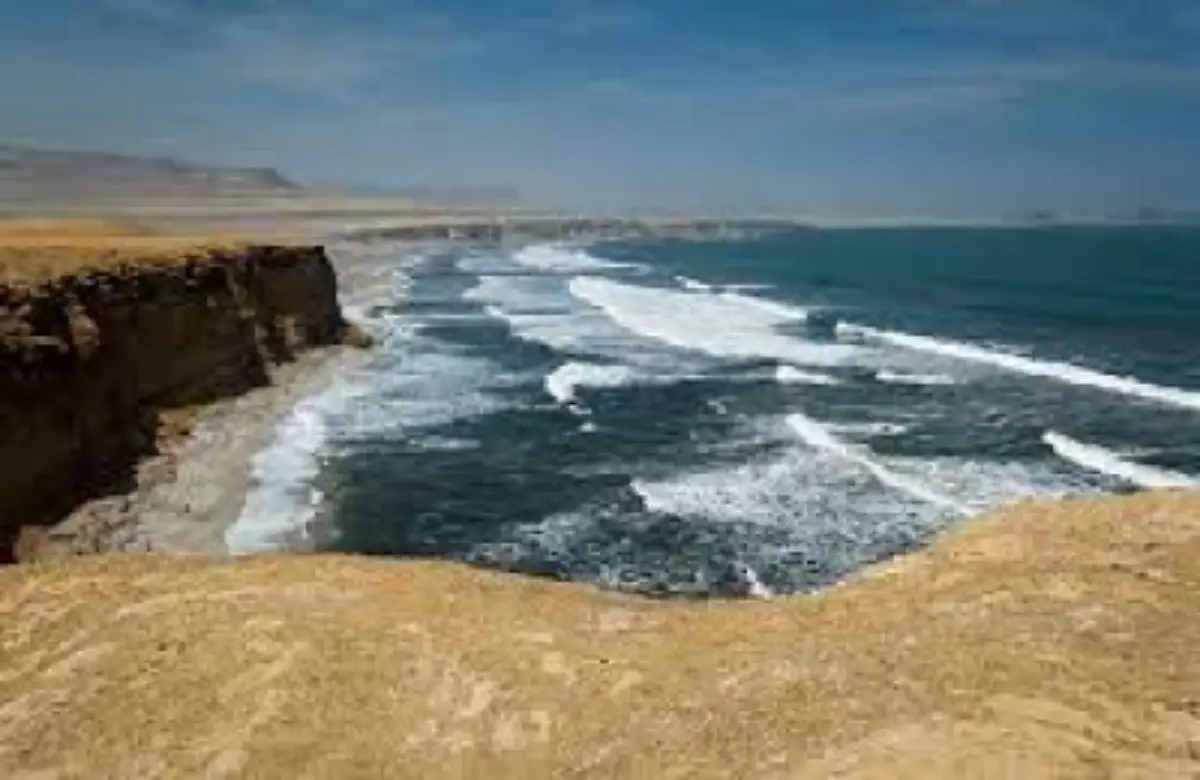Gujarat’s Coastline Is Eroding Faster Than Any Other Part Of India
AHMEDABAD, (IANS) – Gujarat has one of the longest coastlines in the country, which was initially believed to be 1,600 km. However, new data has led to a revision of this figure.
According to the National Center for Coastal Research (NCCR), Gujarat’s coastline is 1,945.60 km long. However, the 537.5 km of the state’s coastline is under constant erosion because of rising sea levels and climate change. This erosion rate is the highest in the country.
A study conducted by NCCR from 1990 to 2018 on India’s 6,632 km coastline found that 33.6 percent of the coastline was vulnerable to erosion. Gujarat’s coast is eroding at an alarming rate of 27.6 percent.
As of 2018, out of the 1,945.60 km coast in Gujarat, 1,030.9 km remain stable, while 377.2 km have experienced accretion.
Gujarat’s extensive coastline, once a source of pride, has become a symbol of vulnerability and the far-reaching consequences of climate change.
The data and observations reveal the urgency of addressing coastal erosion and implementing measures to protect vulnerable communities and ecosystems.
A 2016 report indicated that the state’s coastline had eroded by 512.3 km, which has increased by over 25 km in just two years. Even well-known beaches in Gujarat are on the brink of disappearing.
Shivrajpur Beach, despite receiving Blue Flag beach accreditation, faces erosion of 32,692.74 square meters, and Surat’s Umbrat Beach has experienced 110,895.32 square meters of accretion.
The situation is dire in South Gujarat, with Tithal Beach facing 69,910.56 square meters of erosion and Suvali Beach witnessing 688,783.17 square meters of coastal degradation. Dabhri and Dandi have also seen substantial bank erosion.
Illegal sand mining in the Ambica river, north of Nani Danti village in Valsad, contributes to decreased sediment influx along the coast, exacerbating coastal erosion. Human activities further worsen the fragile coastal tract in Navsari and Valsad.
The erosion of Gujarat’s coastline, particularly in Navsari and Valsad, has dire consequences for the local population. Approximately 60.81 square km of land area has been eroded in the last 35 years. This erosion directly affects the livelihoods of coastal communities dependent on tourism, agriculture, and fishing.
Navsari and Valsad are significant fishing districts that employ many residents. However, the erosion is disrupting their traditional means of sustenance. Additionally, tourism activities, especially at Tithal beach in Valsad, have heightened coastal stress.
Climate change poses significant challenges to coastal states like Gujarat, necessitating proactive strategies to mitigate its impacts and secure the livelihoods of those living on the frontline of environmental change.






Tapan
/
So shall we reap as we sow!
December 27, 2023